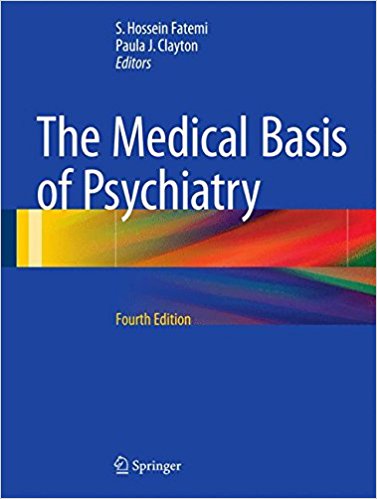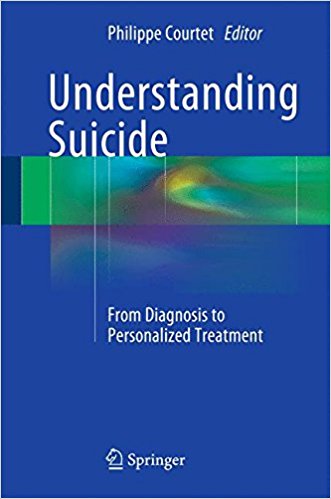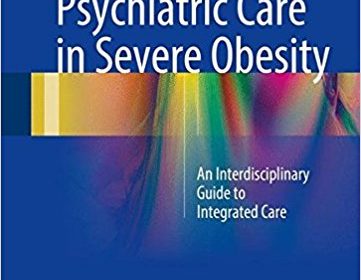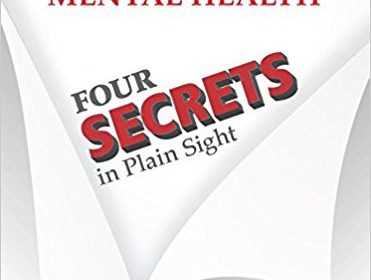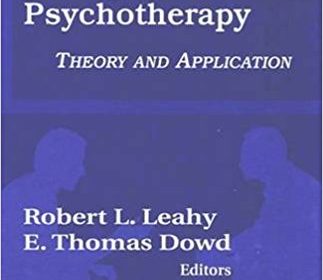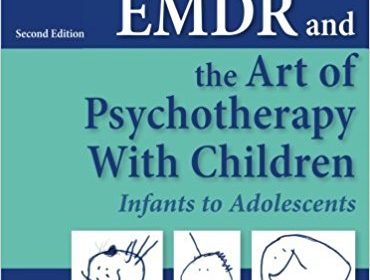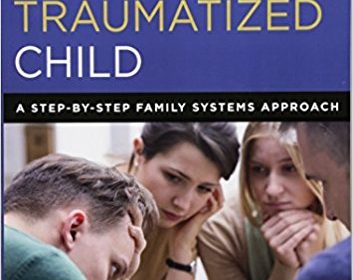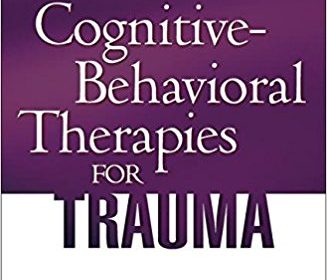Technology and Adolescent Mental Health 1st ed. 2018 Edition
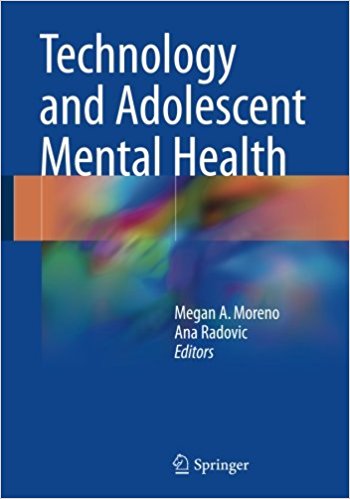
[amazon_link asins=’3319696378′ template=’ProductAd’ store=’aishabano-20′ marketplace=’US’ link_id=’844ac88c-3cc4-11e8-9d2f-3f2c28e6d3c5′]
This comprehensive book provides a framework for healthcare providers working with the dual challenges and opportunities presented by the intersection of mental health and technology. Technology and Adolescent Mental Health provides recent, evidence-based approaches that are applicable to clinical practice and adolescent care, with each chapter including a patient case illustrating key components of the chapter contents. Early chapters address the epidemiology of mental health, while the second section of the book deals with how both offline and online worlds affect mental health, presenting both positive and negative outcomes, and focusing on special populations of at-risk adolescents. The third section of the book focuses on technology uses for observation, diagnosis or screening for mental health conditions. The final section highlights promising future approaches to technology, and tools for improving intervention and treatment for mental health concerns and illnesses. This book will be a key resource for pediatricians, family physicians, internal medicine providers, adolescent medicine and psychiatry specialists, psychologists, social workers, as well as any other healthcare providers working with adolescents and mental health care.
About the Author
Megan Moreno, MD, MSEd, MPH is an Associate Professor of Pediatrics at the University of Wisconsin-Madison, Academic Division Chief for General Pediatrics and Adolescent Medicine and Vice Chair of Digital Health. Dr. Moreno is Principal Investigator for the Social Media and Adolescent Health Research Team (SMAHRT), whose research focuses on the intersection of technology and adolescent health.
Ana Radovic, MD, MSc is an Assistant Professor of Pediatrics at the University of Pittsburgh School of Medicine and the Children’s Hospital of Pittsburgh of UPMC. Dr. Radovic’s main research interest is in increasing the use of mental health services for adolescents with depression or anxiety, and specifically how to use aspects of technology such as social media to approach this problem. She is Principal Investigator for the Supporting Our Valued Adolescents (SOVA) project.

